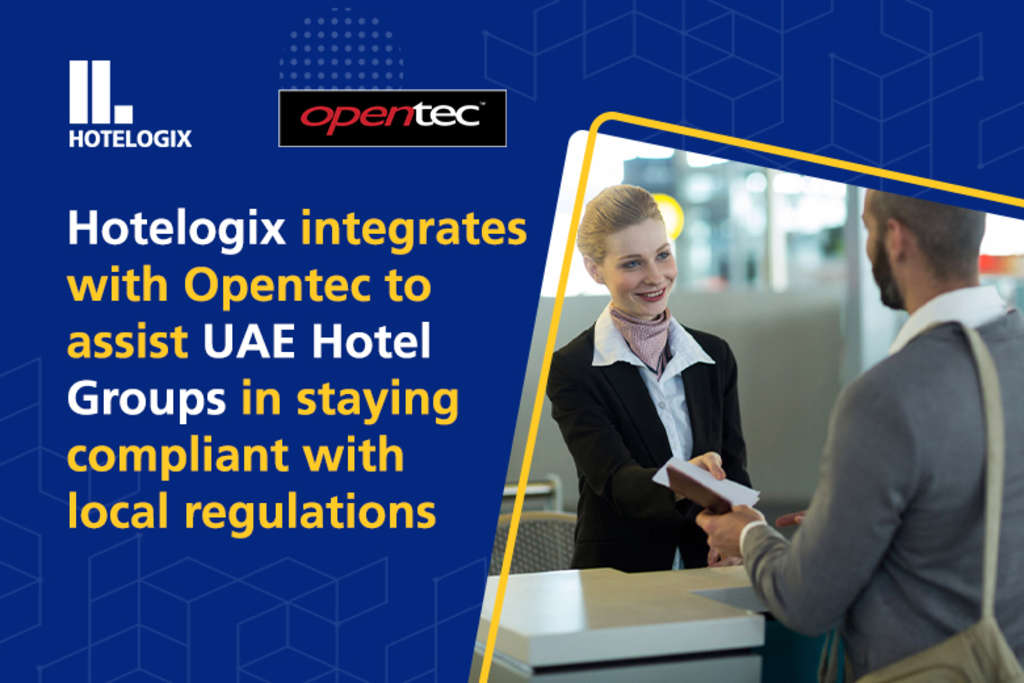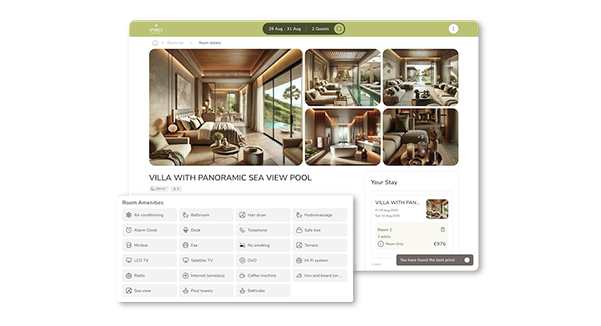

What are the advantages of using chatbots in hotels?
Using chatbots in hotels has several advantages. The
younger generation, who grew up with messaging apps, communicates through these
platforms daily. By offering this type of online interaction alongside
traditional communication channels like telephone and email, hotels ensure they
meet the demands of a young, digitally savvy target group.
Another significant benefit of chat communication is its
low barrier to entry. Many guests find phone calls or emails too much effort.
Chat provides an easy and hassle-free way for guests to contact the hotel.
Additionally, chat communication in hotels is highly efficient because it can
be easily automated: the short text format is perfect for AI. Frequently asked
questions such as "How much does parking cost?", "Are dogs
allowed in the hotel?", or "Can I have a baby bed in my room?"
can be answered in seconds.
This results in a win-win situation: guests are pleased
to receive quick answers, and hotel staff can reduce their workload since they
no longer need to address every inquiry personally. Our chatbot ensures an
automation rate of 90%. In times of staff shortages, employees are grateful to
only need to respond to one out of every 10 guest inquiries, while the chatbot
handles the rest.
What if the chatbot cannot come up with an answer?
If the chatbot cannot answer a guest’s question, it
creates a hand-over-to-human process. The hotel receives a notification, and an
employee then enters the live chat with the guest to take over the
conversation.
“The result is a win-win situation: customers are happy
to receive quick answers, and employees are relieved because they no longer
have to handle every request personally.”
How do you keep chatbots up-to-date?
Hotels can make adjustments to the DialogShift chatbot in
the backend. It is possible to edit existing answers to standard questions or
add new questions and their respective answers.
Where does the guest get in contact with the chatbot?
The chatbot is available at various points throughout the
guest journey. Potential guests can find the chatbot on Google and on the
hotel’s website, enabling them to gather detailed information about the
location and even start the booking process. On average, 60 to 80% of the
questions asked to the chatbot on the hotel website are booking-related.
Additional touchpoints where guests can access the
chatbot include popular messaging apps such as WhatsApp, as well as social
media platforms like Instagram and Facebook. Once at the hotel, guests can
interact with the chatbot via the guest app or by scanning QR codes, which will
direct them to a WhatsApp chat that they can return to at any time for further
questions. Through this system, guests can obtain information about hotel
offerings, inquire about local excursion sites, and even make restaurant reservations.
How does the chatbot overcome language barriers?
The system is multilingual. Through integration with
Google Translate, it offers real-time translation in 109 languages. This works
not only for the automated chatbot but also for live chats.
What to consider for successful chatbot usage?
A strong online presence is essential. If a hotel offers
a well-functioning website with high traffic, is easily discoverable on Google,
and is active on social media platforms like Instagram and Facebook, the
chatbot will see frequent use on these channels.
It is also crucial for guests to be able to easily access
the chatbot in the hotel. The best way to achieve this is by placing QR codes
in high-traffic areas. When guests scan these QR codes, they are instantly
connected to the WhatsApp chat.
Additionally, one goal of using chatbots should be to
reduce employee workload by automating communication. Therefore, the chatbot's
automation rate should be as high as possible. DialogShift solutions achieve an
automation rate of 90%.
How does the interface between hotelkit and DialogShift work?
By utilizing this efficient interface, employees receive
a notification directly in hotelkit whenever a
guest enters the live chat, ensuring that guests are promptly attended to.
Right now ChatGPT is on everyone’s lips. Could this AI also be used in hotels?
ChatGPT represents a new milestone in AI. A chatbot that
can provide human-like answers, generate coherent texts, and seems to know
almost everything. However, this poses a major problem: while it appears to
know everything, it can convincingly provide incorrect answers when it doesn't
know the truth. This is a risk that cannot be taken in hotel customer service,
where consistent and accurate answers are crucial.
What is interesting for hotel chatbots, like ours, is the
Large Language Model that powers ChatGPT. This allows AI to generate human-like
texts, and we are currently working on incorporating this model into
DialogShift solutions through an integration with GPT-3.







